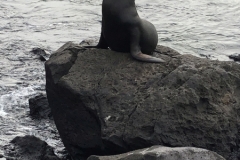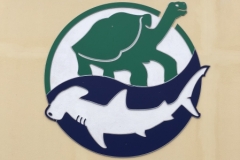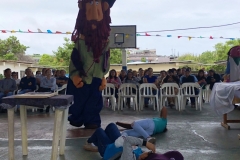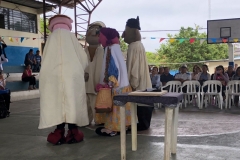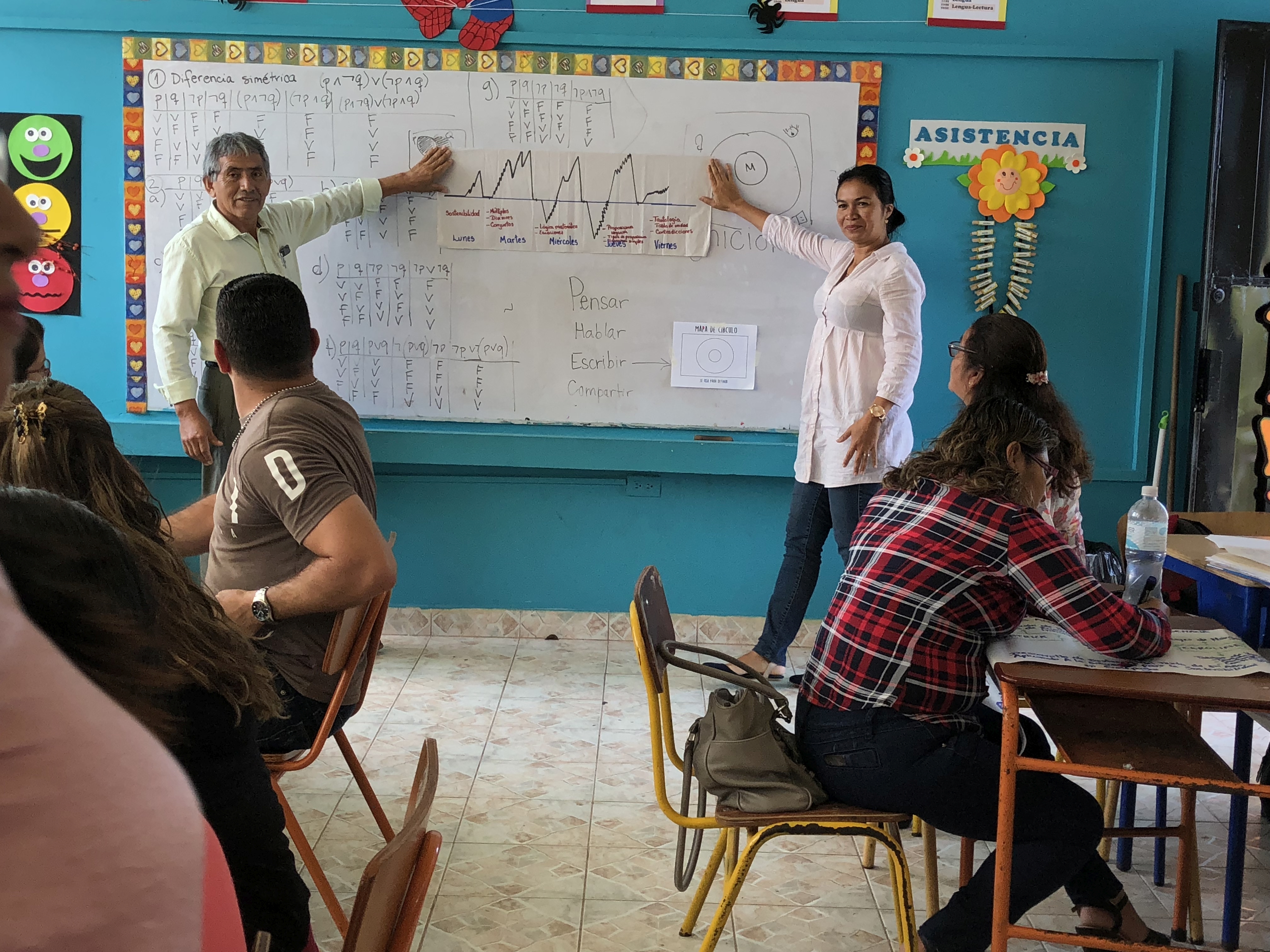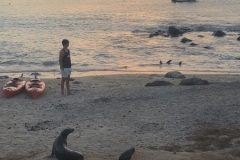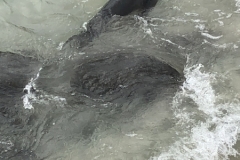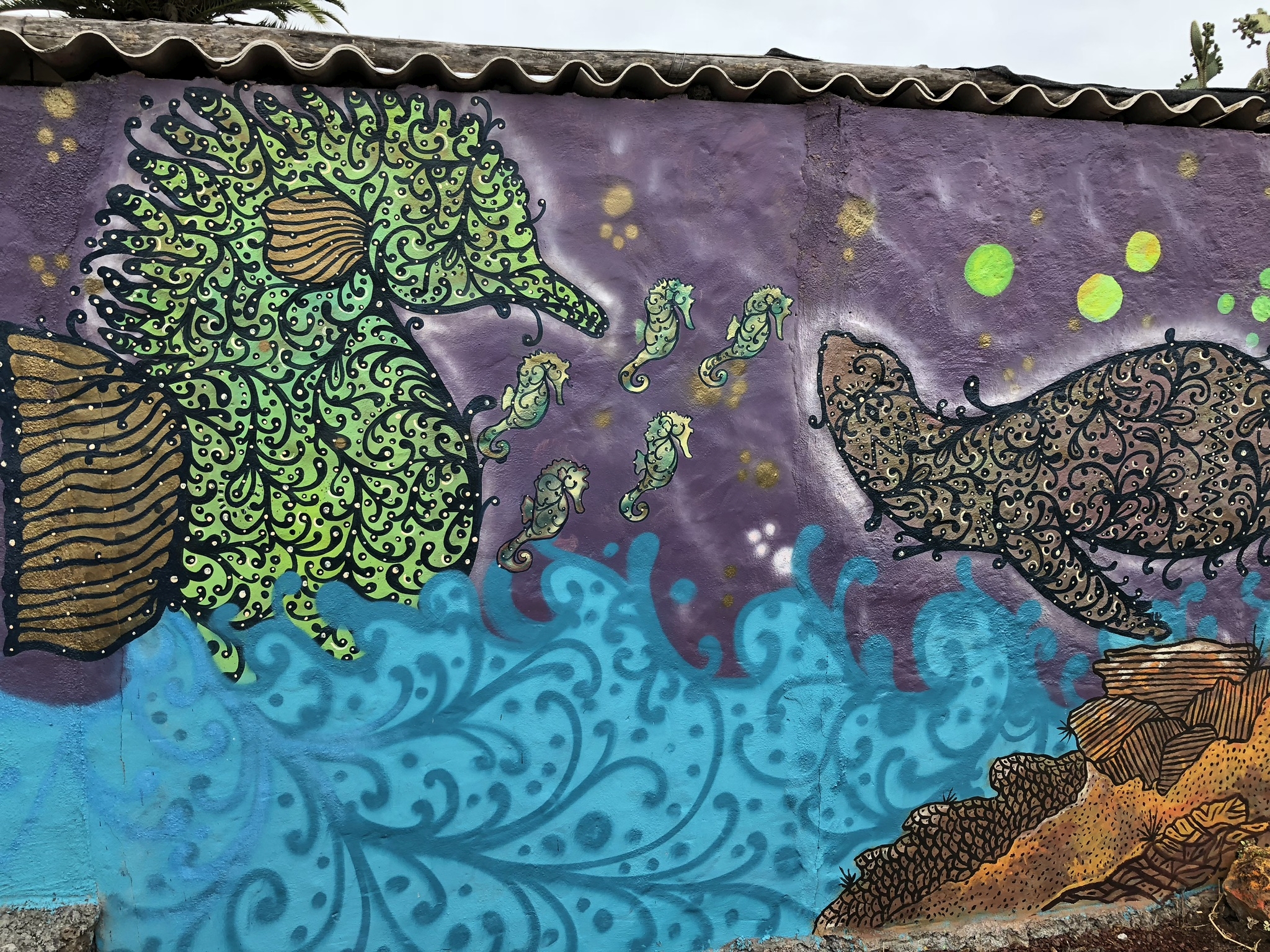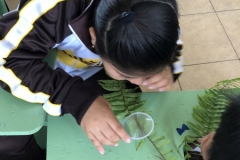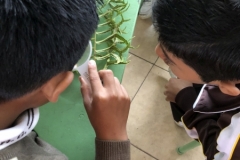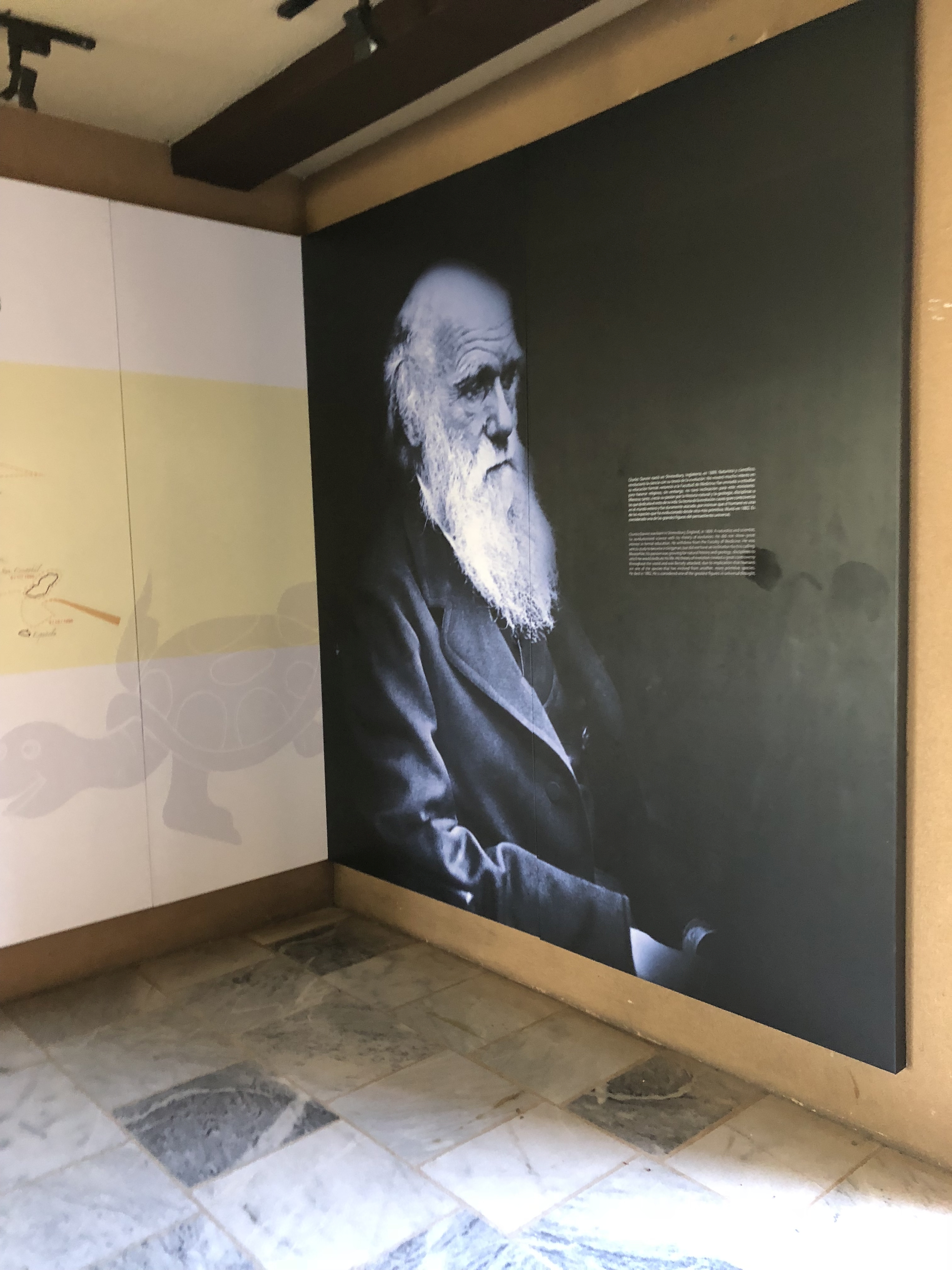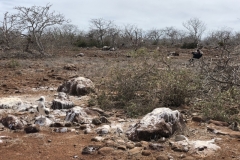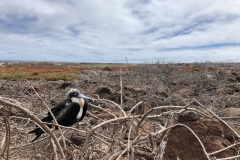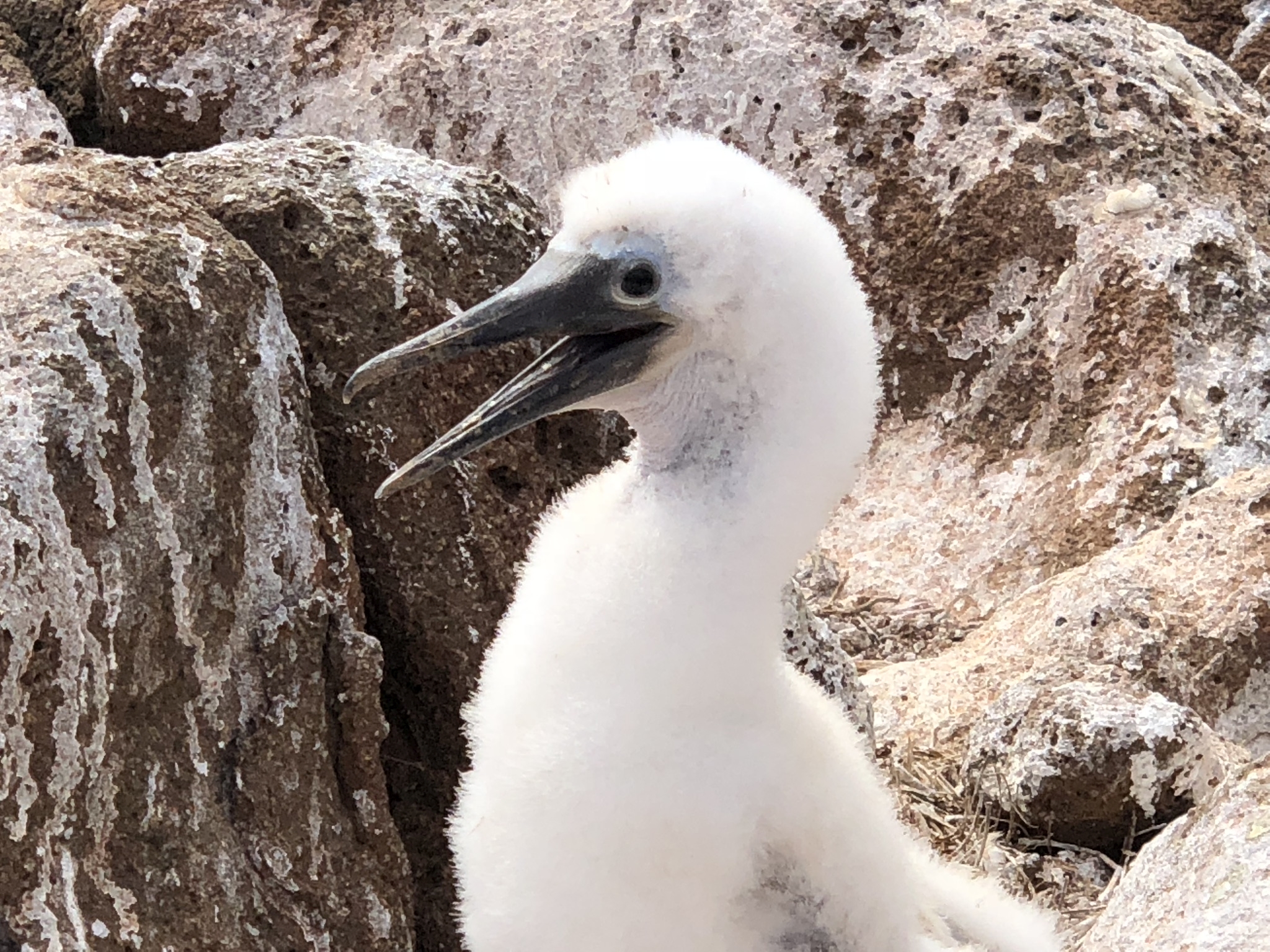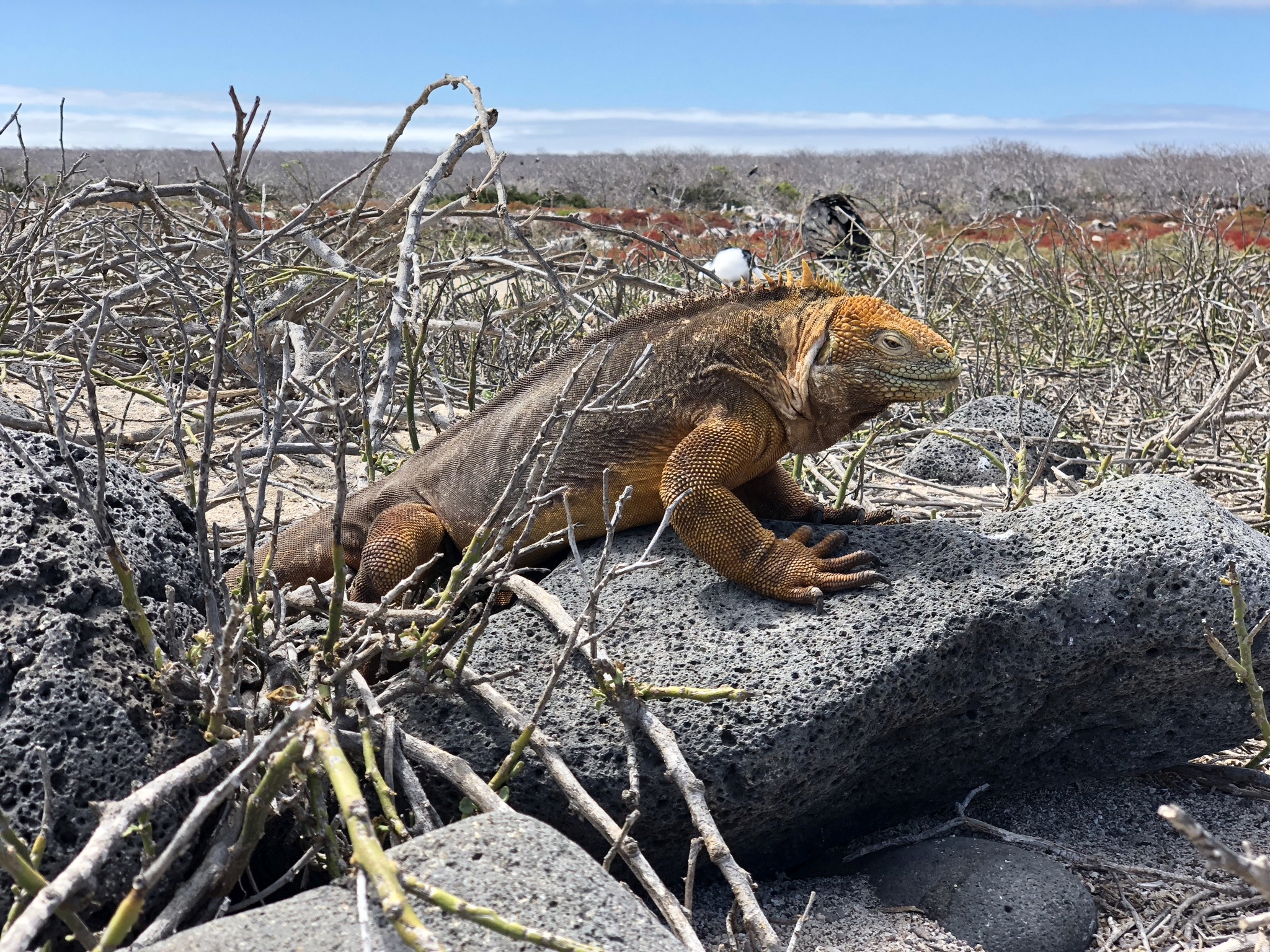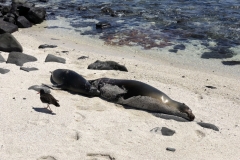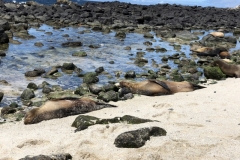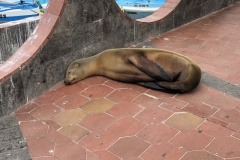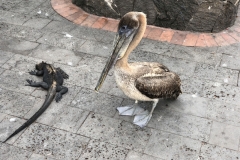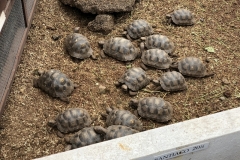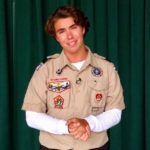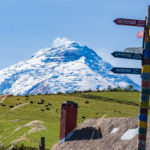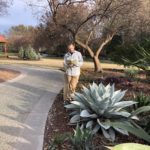Dallas Arboretum Education Goes Global – To the Galápagos
Last month, the Dallas Arboretum Education department sent Program Specialist Marisol Rodriguez and Director of Education Dustin Miller to the Galápagos Islands.
This was the second year that the pair visited the archipelago as part of the project Education for Sustainability in Galápagos. As leaders in informal learning in the DFW area, the Dallas Arboretum serves as the sole representative of informal learning in the project, which also includes representatives from Ecuador’s Ministry of Education, Fundación Scalesia, the Simmons School of Education and Human Development (Southern Methodist University), and Teachers-to-Teachers Global, along with trainers from all over the Western Hemisphere.
This year, the two members of the Dallas Arboretum Education Team worked in two locations: Marisol traveled to the island of San Cristobal, while Dustin returned to Santa Cruz.
Marisol
Lobos on San Cristobal Island | 97% of the Galápagos Islands are national park land
The first thing I noticed when I arrived was the view from the hotel. The hotel faces the water and it’s absolutely beautiful. The second thing I noticed was the overwhelming sounds and smells of the sea lions. They are everywhere! Including on benches, lounge chairs and sleeping in front of doors you are trying to open (I carefully navigated my way around as to not disturb the sea lion from its slumber). San Cristobal is the unofficial sea lion capital of the world. The Spanish word for sea lion is lobo del mar which translates to wolf of the sea. After listening and watching them for a week, I have come to the conclusion that whoever came up with the name was spot on. The way they frolic and the sounds they make are very doglike.
Students perform an environmentally-themed play to kick of the workshops
The institute kicked off with a puppet show performed by a group of students, WHICH relayed the message that through our actions we can ensure a sustainable future for the Islands. It was a fitting way to begin the week. The teachers participated in workshops on math and science, as well as, for the first time, workshops in formative evaluation and metacognition
I was fortunate enough to facilitate both of these workshops with all 120 teachers. During the evaluation workshop, I was thrilled to hear how topics we discussed were going to be put into practice with their students. One focus of the sessions was to how to better use the natural spaces around their schools and communities to improve student connection to sustainability – something that we also focus on at the garden.
Sea lion life in San Cristobal
Although it was a busy week, I got to spend every evening watching the sunset, observing the sea lions and going over the day with the other facilitators. It makes me smile to think of the teachers heading back to their classrooms with new knowledge and techniques to share with their students.
Dustin
Education
Arrival to Santa Cruz is no small undertaking. After a six hour flight from Dallas to Quito, two more flights, a bus, a water taxi, and a 45-minute taxi ride up through the highlands and back down to the southern coast, I finally arrived at the city of Puerto Ayora, 18 hours after I had departed.
We spent the mornings – school days typically running from 7am until 12:30-1:00pm, our work started early – visiting teachers at their campuses to observe how the workshop content and pedagogical learning they learned the previous week (from Marisol and others!) are being implemented in the classroom. Then, we met with each teacher to discuss their class and content.
During the afternoons, we met with teacher focus groups. During these sessions, we asked participants to rank sustainability constructs such as Protecting the environment is more important that industrial growth and Teachers should promote the connection between local and global problems. The participants chose the five most important statements; a need to connect sustainability to society and culture rose to the top.
We also met with informal partners, such the National Park and Charles Darwin Research Center, to learn more about how classroom teachers and these groups work together, as well as to understand how they envision their partnerships could grow. This group was particularly enlightening for me as much of work at the Arboretum is precisely focused on building and strengthening our formal-informal partnerships.
At the Arboretum, while planning both field trip and professional learning programs, we often talk about a connection to place, which really hits on this same topic. Some of the bigger questions for the project – and science education in general – are How can we better connect science learning to the world around us? and How can we better use community and cultural organizations to do this work?
Certainly, this project has experienced incredible growth from teacher and trainers alike in the two years that it has been on the ground in the amazing Galápagos Islands. Our work this summer has helped us to be better informed about our successes and opportunities for greater impact as the project moves forward. And, for me personally, it has reiterated the importance of grounding all learning in real world connections.
Our goal is to produce a project summary with a list of recommended actions, which we will share with the project leadership team and Ministry of Education.
Exploration
Blue-footed boobies and frigates expertly camouflage their young on North Seymour.
While it was a busy week of data collection, I was able to explore a bit on my final days on the island. I booked a tour of North Seymour, which, this time of year, is a flurry of squawking blue-footed boobies and frigates nesting with babies of all sizes!
The first thing I noticed was the sheer quantity of bird waste covering the rocks and soil, yet, it was the dry season and windy, so there were no accompanying malodors! There is a very good, biological explanation for this scene; the baby birds, covered in fluffy white feathers, are completely camouflaged from predators.
After two hours walking a narrow path, with an overwhelming quantity of birds – boobies, frigates and swallow-tailed gulls – around as well as a number of land iguanas, we visited the nearby Islote Mosquera.
While I was snorkeling, several juvenile sea lions took great pleasure to swimming up to me in the water and circling about or even chuffing at me.
Sea lions abound on Islote Mosquera, just minutes from the Baltra Island airport.
A trip to the Galápagos Islands is an experience that remains on many people’s bucket lists for a lifetime, so I’m sure I can speak for both of us in saying that it is quite a privilege to participate in the Education for Sustainability project over the last two years. It also challenges me to constantly find ways to be more thoughtful in material consumption and waste – such as decreasing my daily use of water and curbing consumption of single use plastics like straws and cups. The islands truly are a unique treasure on Earth, and the daily actions of people here in the United States are just as important as people on the islands.
This second visit served as a beneficial reminder of the crucial work that the education team at the Arboretum has in connecting kids to nature and helping them find solutions to improving life on Earth for all of its inhabitants.
Wildlife on Santa Cruz: Tortoise hatchlings, marine iguanas, brown pelican and sea lion
Related Posts
Comments are closed.



